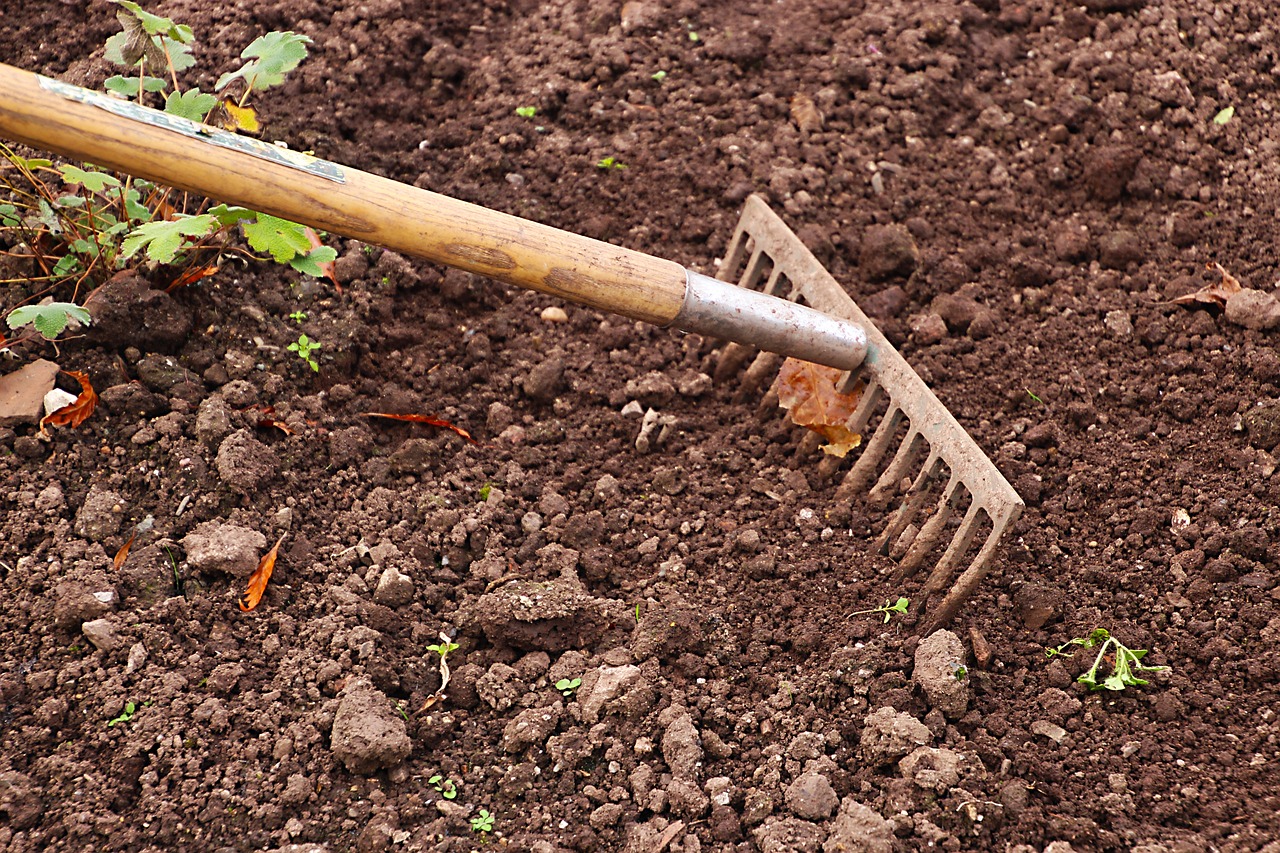As autumn leaves begin to fall, savvy gardeners know it’s time to focus on preparing their garden soil for the coming spring. Fall soil preparation is a crucial step in maintaining a healthy and productive garden. By taking the time to properly care for your soil now, you’ll create an ideal environment for plants to thrive when warmer weather returns.
Why Fall Soil Prep Matters?
Fall is an excellent time to work on your garden soil for several reasons:
- Soil amendments have time to break down over winter
- Beneficial microorganisms can establish themselves
- Soil structure improves as frost and thaw cycles occur
- Spring workload is reduced, allowing for earlier planting
Here are 10 essential tips for fall garden soil preparation:
1. Test Your Soil
Understanding your soil’s composition is the first step in effective fall preparation. Conduct a comprehensive soil test to determine pH levels, nutrient content, and organic matter percentage. Many local extension offices offer affordable testing services. Armed with these results, you can make informed decisions about which amendments to add and in what quantities. This targeted approach ensures you’re not wasting resources on unnecessary additives and helps create the optimal growing environment for your plants.
2. Remove Plant Debris
Clearing your garden of dead plants, weeds, and fallen leaves is crucial for maintaining garden health. While some gardeners opt to leave certain plants for winter interest or wildlife habitat, removing most debris is generally beneficial. This practice helps prevent the spread of diseases and reduces hiding spots for pests. Dispose of any diseased plant material in the trash rather than composting it. Consider chopping up healthy plant debris and incorporating it directly into the soil or adding it to your compost pile to recycle nutrients.
3. Add Organic Matter
Incorporating organic matter is perhaps the single most important step in fall soil preparation. Add a generous layer of compost, well-rotted manure, or shredded leaves to your garden beds. Aim for a 2-4 inch layer and work it into the top 6-8 inches of soil. This addition improves soil structure, enhances water retention, provides slow-release nutrients, and promotes beneficial microbial activity. Over time, this practice will transform even poor soils into rich, fertile growing mediums.
4. Apply Lime or Sulfur if Needed
Based on your soil test results, you may need to adjust your soil’s pH. Most vegetables and flowers prefer a slightly acidic to neutral pH (6.0-7.0). If your soil is too acidic, add lime to raise the pH. For overly alkaline soils, sulfur can lower the pH. These amendments work slowly, so applying them in fall gives them time to integrate with the soil before spring planting. Always follow application rates based on your soil test recommendations to avoid over-correction.
5. Plant Cover Crops
Cover crops, also known as green manures, offer multiple benefits to your garden soil. Popular options include winter rye, hairy vetch, crimson clover, and field peas. These plants prevent soil erosion, suppress weed growth, and add organic matter when tilled under in spring. Some, like legumes, even fix nitrogen in the soil. Sow cover crops early enough in fall to establish good growth before winter dormancy. Come spring, you can either till them under or use them as a natural mulch.
6. Practice Deep Tillage (with caution)
If your soil is severely compacted, fall can be a good time for deep tillage. This process breaks up hardpan and improves drainage and aeration. However, use this method sparingly, as frequent deep tilling can disrupt soil structure and harm beneficial organisms. Consider using a broadfork for gentler soil loosening. If you do till, immediately follow with a cover crop or mulch to protect the newly exposed soil from erosion and nutrient leaching.
7. Mulch Bare Soil
Protect your prepared soil by applying a layer of organic mulch. This could be straw, chopped leaves, or wood chips. A 2-3 inch layer will insulate the soil, moderate temperature fluctuations, prevent erosion, and suppress winter weed growth. As the mulch breaks down, it will further enrich your soil. Be sure to keep mulch a few inches away from plant stems and tree trunks to prevent rot.
8. Create or Improve Raised Beds
Fall is an ideal time to build new raised beds or improve existing ones. Raised beds offer better drainage, warm up faster in spring, and allow for easier soil amendment. When creating raised beds, mix your native soil with high-quality compost and other organic matter. If you have existing raised beds, top them up with fresh compost and soil as they tend to settle over time. Consider adding hoops to raised beds for season extension with row covers or plastic.
9. Address Drainage Issues
Poor drainage can lead to waterlogged soil, root rot, and nutrient leaching. Fall is a good time to address these issues. Observe your garden after heavy rains and note any areas where water pools. Solutions might include installing French drains, adjusting bed contours to redirect water flow, or amending soil with organic matter to improve structure and drainage. For chronically wet areas, consider creating rain gardens or choosing plants adapted to wet conditions.
10. Plan Crop Rotation
While preparing your soil, take time to plan next year’s garden layout. Proper crop rotation helps prevent soil nutrient depletion and reduces pest and disease problems. Group plants by family and avoid planting members of the same family in the same location for at least three years. For example, rotate nightshades (tomatoes, peppers, eggplants) with legumes (beans, peas), followed by brassicas (cabbage, broccoli, kale). This practice not only maintains soil health but can also boost your garden’s productivity.
By implementing these fall soil preparation techniques, you’re setting the stage for a successful and bountiful garden in the coming year. Remember, healthy soil is the foundation of a thriving garden, and the effort you put in now will pay dividends in the seasons to come.

